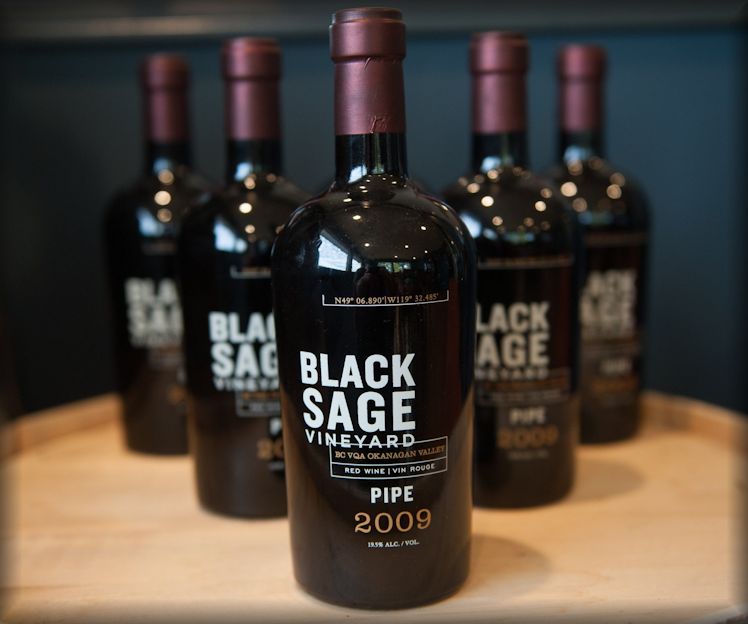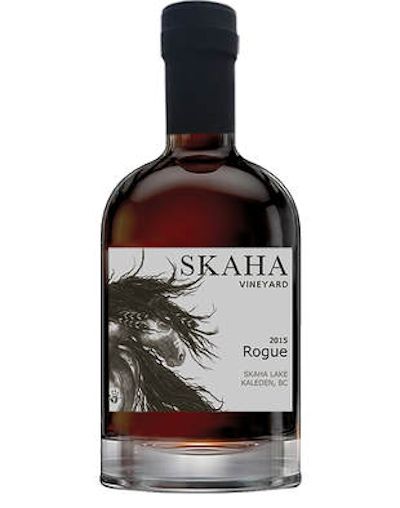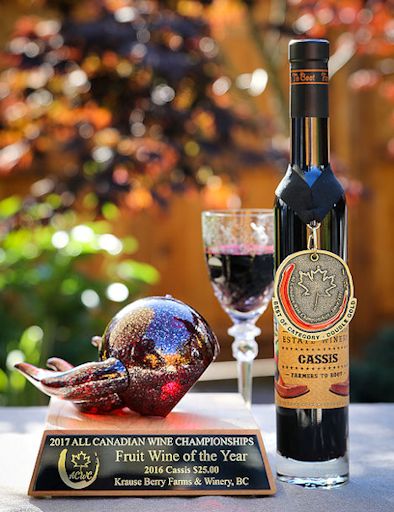
Fortified Wine

Vinho do Porto, Porto
Fortified wine is most commonly associated with Portugal. The name comes from the harbour Porto this harbour is located in the City of Oporto . Some say Port was named after the city. The original wine region from which Port first came is called Douro. Today port wine is made in numerous countries; Canada is building a reputation for fine Ports.
Port is a sweet red wine with about 20% alcohol (as opposed to table wine which is usually about 13%) and rather low acidity and tannin. Ideally a good port should have a rich spicy flavor and in spite of its 20% alcohol, taste very smooth. Port is created in a unique way that captures the fruit and flavor of the ripe grapes in wines that possess extraordinary longevity. During fermentation, prior to reaching the point where all of the natural grape sugars have been converted into alcohol, high-proof brandy is added to the vats to stop the fermentation. This leaves a wine with great depth of color and a high natural sweetness.
Port is usually divided into two categories casked aged and bottled aged. Port can also be classified by other factors such as whether red or white grapes are used.
Tawny Ports are wines made from red grapes that are aged in wooden barrels, exposing them to gradual oxidation and evaporation. As a result, they gradually mellow to a golden-brown colour. The exposure to wood imparts "nutty" flavours to the wine, which is blended to match the house style. Tawny Ports are sweet or medium dry and typically drunk as a dessert wine. A Tawny Port from a single vintage is called Colheitas. Instead of an indication of age (10, 20...) the actual vintage year is mentioned.Bottle-aged ports receive limited maturation in cask, cement, or stainless steel before bottling. They are intended to mature in the bottle, usually after you buy them. The less expensive bottle-aged ports—Ruby, Reserve, and Late Bottled Vintage (LBV) are intended for consumption soon after purchase. True quality vintage port, on the other hand, is bottled without fining or filtration and will need decades to properly mature. These are among the world's longest-lived wines and will always require decanting.
Ruby port is the cheapest and most extensively produced type of port. After fermentation it is stored in tanks made of concrete or stainless steel to prevent oxidative aging, and preserve its rich claret color. The wine is usually blended to match the style of the brand to which it is to be sold. The wine is fined and cold filtered before bottling, and does not generally improve with age.Vintage Ports are wines which age briefly in wood and then spend years maturing patiently in the bottle. Vintage port is made entirely from the grapes of a declared vintage year. The grapes may come from different vinyards. Single Quinta Vintage Ports are wines that originate from a single estate
There are more than 80 different grapes allowed to be used in the production of portOfficially, real port wine comes only from Portugal, very much the same way that true Champagne comes from the Champagne region of France . In time wine growing regions outside of Douro cannot name their fortified wines port. That is why Sumac Ridge is called Pipe and Stoney Ridge is called Forte
Sherry
Sherry is a fortified wine made from white grapes that are grown near the town of Jerez de la Frontera in Andalusia, Spain. Sherry is produced in a variety of dry styles made primarily from the Palomino grape, ranging from light versions similar to white table wines, such as Manzanilla and Fino , to darker and heavier versions that have been allowed to oxidise as they age in barrel, such as Amontillado and Oloroso . Sweet dessert wines are also made, from Pedro Ximenez or Moscatel grapes, and are sometimes blended with Palomino-based Sherries.
Due to the existing Wine and Spirits agreement between Canada and the European Union (CEWSA June 1 2004), starting Dec 31 st 2013 the term (wine name) “Sherry” cannot be used for fortified wines made in Canada any longer.
As such, the Canadian Wine Industry formally adopted the term “Apera” to replace the term “Sherry”. This term is already used in Australian Wine Industry for a similar reason.
In order to raise awareness both terms Sherry and Apera were used on the label for an approximate one year transition period.”
Apera describes a style of fortified wine which ranges from a dry to a
very sweet style.
Apera is a wine fortified through the addition of brandy, fruit spirit or
alcohol derived from the alcoholic fermentation of a food source
distilled to not less than 94 per cent alcohol by volume.
Most Apera styles are initially dry, with any sweetness being added
later. Apera is produced in a variety of styles, ranging from dry
versions that are pale amber in colour to sweeter sometimes dark
brown styles.
Changes
Canadian producers, under CEWSA Article 12(1), will cease using geographic indications (GIs) Chablis, Champagne, Port, Porto and Sherry effective December 31, 2013.

 |
Port Style Wines Produced in BC
Port Style Wines Produced in Ontario Lakeview Cellars 2005 VQA Vintage Starboard Stoney Ridge Forte" port-style wine Cornor Stone 2007 Fine Port Karlos Estate Van Alstine Port Style Wines Produced in
Nova Scotia Port Style Wines Produced in Quebec Clos St-Ingnace - Muscat St-Ingnace Le contrôle de la température est crucial lors de la fermentation de ce vin de cépage. Un élevage sur lies fines suit. L’utilisation de fûts inox préserve le caractère primaire du fruit. Do you have a favourite fortified wines. E-mail us and let us know. |
To me the best food with Port is chocolate or Pecan Pie
Vermouth is a fortified and aromatized wine. Basically: wine spiked with brandy, infused with herbs and spices, and sweetened. There are two main varieties: red (sweet) vermouth, which originally hails from Italy, and white (dry) vermouth, which first appeared in France
~ We are on Facebook and twitter @winesofcanada
